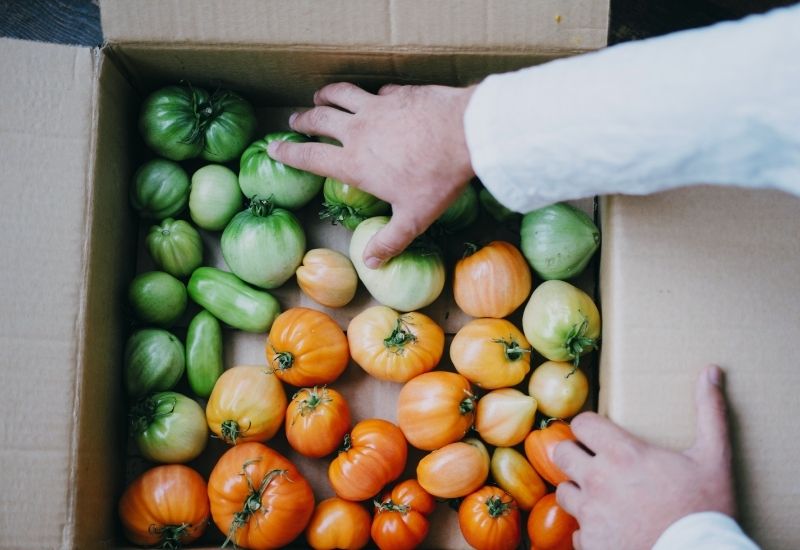
Is frost approaching, but your tomatoes aren’t turning red on the vine? Never fear. You can pick your unripe tomatoes and ripen them them off the vine.
While the most delicious tomato is home-grown and ripened on the vine, this is not always a reality, especially if you live in a northern climate with a short growing season.
To successfully ripen tomatoes indoors that are still green at the end of the growing season, pick them when they are mature and just beginning to blush and keep them at a temperature between 18°C to 24°C (65-75°F).
You can also stimulate ethylene gas to speed up the ripening process, and to do so it is important to pick green tomatoes at the right time, and check your ripening tomatoes regularly.
Let’s learn how to encourage your green tomatoes to ripen off the vine to make the most of your valuable harvest.
Will Green Tomatoes Ripen Off The Vine?
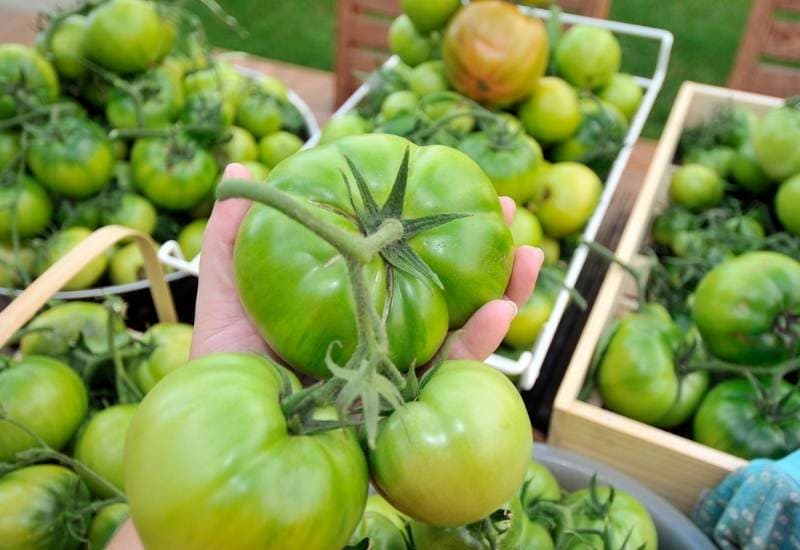
Yes, mature green tomatoes will continue to ripen once they’ve been picked from the vine, but it will take a little more work than just leaving them on the plant. The most easiest way to turn green tomatoes red indoors is to place them on your sunniest kitchen counter and leave it at room temperature for 10 to 14 days (or until soft).
To ripening tomatoes off the vine faster, you can place them in a paper bag with other tomatoes, yellow bananas or apples that are started to soften and turn colors. They emit ethylene gas which helps green tomatoes become ripe more quickly.
To ripen green tomatoes successfully, let’s first consider a few points.
How Long Does It Take Green Tomatoes To Ripen Off The Vine?
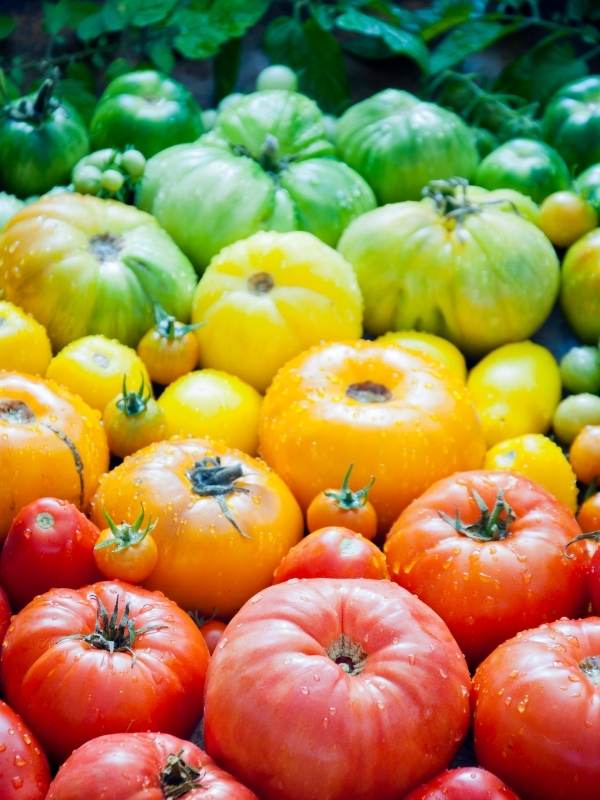
Temperature determines how long it takes for your green tomatoes to ripen indoors will. Most people’s homes have an ideal temperature for ripening green tomatoes within one to two weeks. Everyone’s house is unique, so the results might vary depending on how warm your home is.
In addition, the maturity level of the tomatoes will also affect how long it will take green tomatoes to turn red. Tomatoes that have some orange in them will not need as much time to mature as those that are fully green.
Will These Tomatoes Taste As Good?
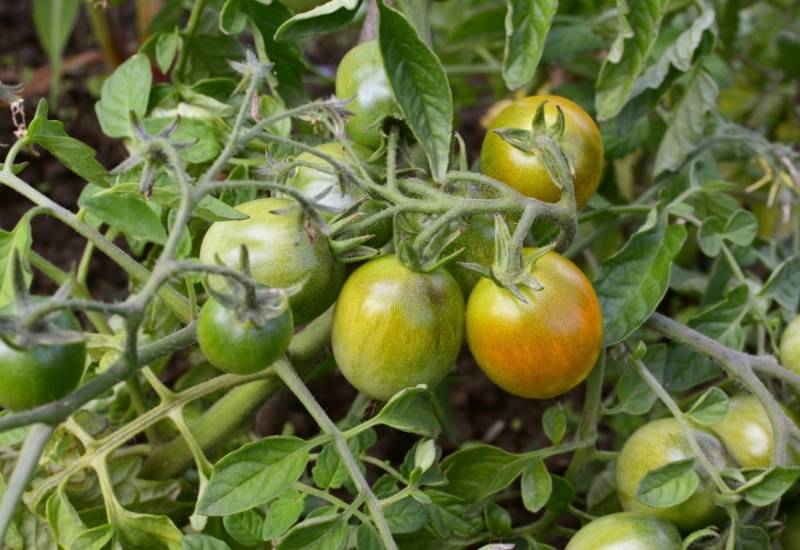
Do off-the-vine ripened tomatoes taste as good as those that are ripened on the plant? There seems to be a difference of opinion here.
While a tomato bought at the supermarket will never match the taste and texture of a home-grown tomato, a properly ripened tomato in your home should be comparable to those ripened in your garden.
Even though some quality might be lost, it’s better to ripen tomatoes indoors than to lose the whole crop.
When To Pick Green Tomatoes?
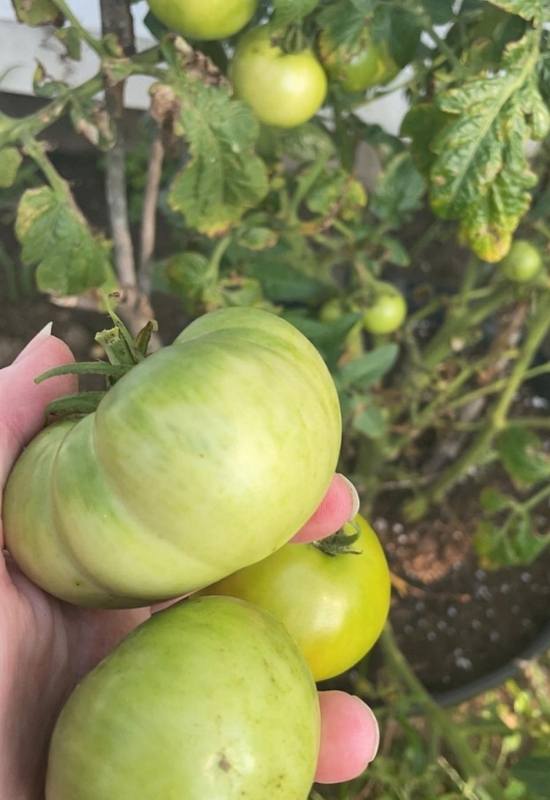
You must pick green tomatoes at the right time for them to ripen indoors. If picked too early, they probably won’t ripen.
When a green tomato is mature, pick the tomato off its vine to ripen it. Mature tomatoes are full-sized and just starting to soften. Ideally, it should have already begun to color.
A tomato picked too early is not botanically mature and it will not ripen. Usually, immature tomatoes will remain hard and green until they rot.
Avoid bruising the fruits, and discard any damaged, marred, or diseased tomatoes, because this will cause them to rot or not ripen properly.
What Makes A Green Tomato Turn Red?
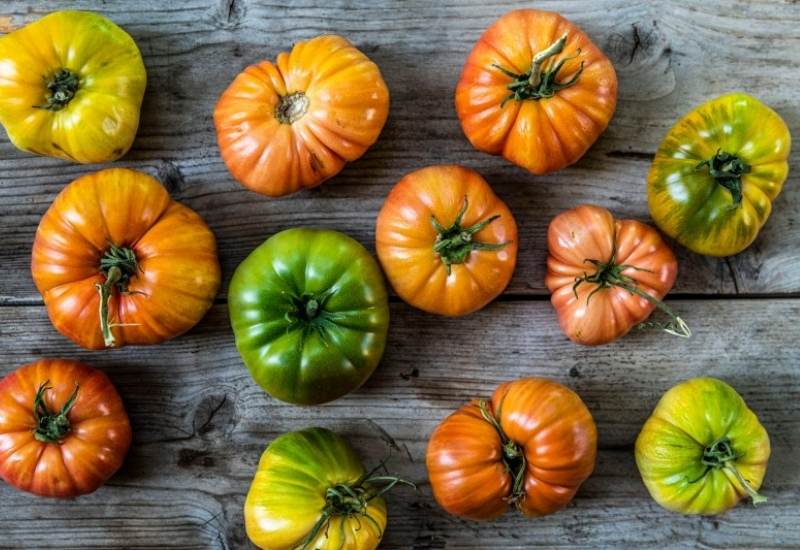
Nature provides tomatoes with everything they need to ripen correctly on the vine. We are responsible for providing the best conditions for tomatoes to develop well and ripen well when we pick them and ripen them artificially.
To ensure tomatoes properly ripen, these requirements must be met:
Temperature
The ideal temperature for tomatoes to ripen is between 70 and 80 degrees Fahrenheit. If the temperatures are too low, they will not be able to break down their own starch into sugar fast enough and this can affect both how fast and how well ripe they become.
Ethylene
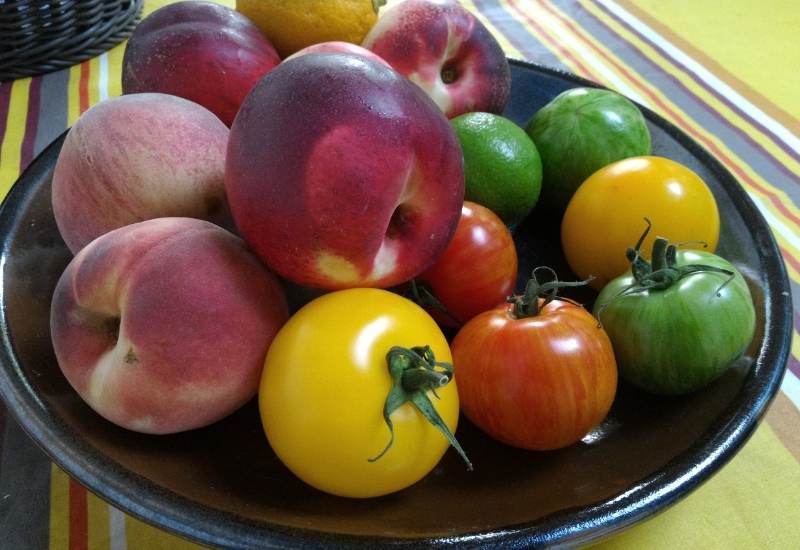
The ripening process of tomatoes is accompanied by the production of ethylene gas. A tomato is a climacteric fruit, which produces large concentrations of ethylene as it ripens.
Even though these commercial practices are hazardous to the environment and to our health, putting tomatoes next to other climacteric fruits will enable us to produce more ethylene in a natural way.
Light
Light is not necessary for tomatoes to ripen. In fact, a tomato that is left in the dark will often ripen better than one that is exposed to sunlight. Sunlight can actually heat up the tomato too much and inhibits pigment production, so it’s better not to put green tomatoes on sunny windowsills.
Check Your Tomatoes Regularly
It is more likely for your tomatoes to go bad when they are ripened indoors than if they were left to ripen on the vine. During the ripening process indoors, keep an eye on each tomato every day or every other day and remove any that are going bad.
A questionable tomato is best removed rather than risking it becoming a problem and contaminating the whole batch.
6 Ways To Ripen Green Tomatoes Indoors
Green tomatoes can be ripened off the vine in a variety of ways, but if you thought a sunny window was the fastest, you are wrong.
Here are 6 reliable ways to turn tomatoes from green to red indoors and make them mature inside.
1: Hang The Plant Upside Down
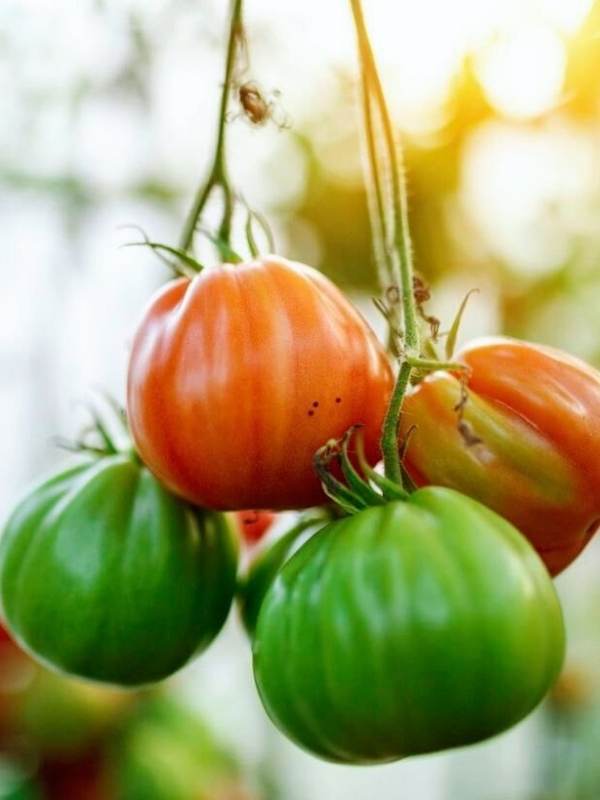
How about bringing your tomato vine indoors to ripen? The most flavourful tomatoes are claimed to be ripened indoors in this way because the plants continue to feed the tomato plants as they ripen.
2: Put Them In Paper Bag
This is a good method if you don’t have a lot of tomatoes. The ethylene produced when the tomatoes are sealed in a paper bag speeds up the ripening process.
3: From Green To Red In Cardboard Box
If you have a large harvest, this method is more practical than ripening in a paper bag.
4: Wrap Green Tomatoes In Newspaper
Wrapping each tomato in newspaper will allow you to put more tomatoes in a box.
5: Put The Tomatoes With An Apple Or Banana In A Glass Jar
This method ripens tomatoes while creating an ornamental centerpiece on the table.
6: Ripen On The Windowsill
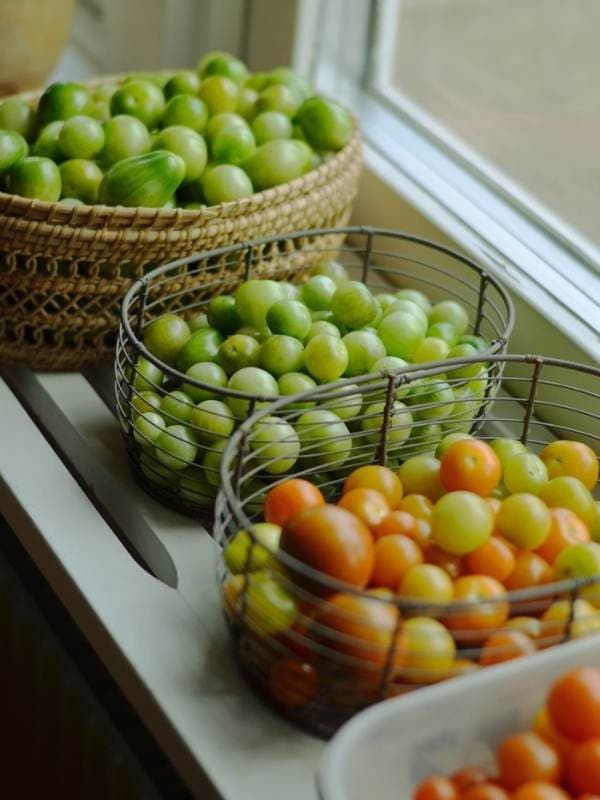
This is actually the least preferred method, despite it being the most common. We already discussed the negative effects of intense sunlight. By rotating your tomatoes regularly, you can prevent one side from taking all the heat.
The advantage of ripening tomatoes in this way is you can monitor the tomatoes on your windowsill continually as they ripen, so you can watch the progress as you enjoy their smell and sights.
Conclusion
It is useful to know how to ripen tomatoes indoors. It can be the difference between a crop of delicious, juicy tomatoes or none at all. Gardeners in northern climates with shorter growing seasons will especially benefit from it.
We often are hesitant to grow tomatoes, especially in Zone 2b, for fear of losing them all to an early frost, but the methods above have proved very beneficial.
I hope this article has provided enough information so that you can make the most of your early harvest of tomatoes, regardless of how you chose to ripen them.

Written By
Amber Noyes
Amber Noyes was born and raised in a suburban California town, San Mateo. She holds a master’s degree in horticulture from the University of California as well as a BS in Biology from the University of San Francisco. With experience working on an organic farm, water conservation research, farmers’ markets, and plant nursery, she understands what makes plants thrive and how we can better understand the connection between microclimate and plant health. When she’s not on the land, Amber loves informing people of new ideas/things related to gardening, especially organic gardening, houseplants, and growing plants in a small space.
